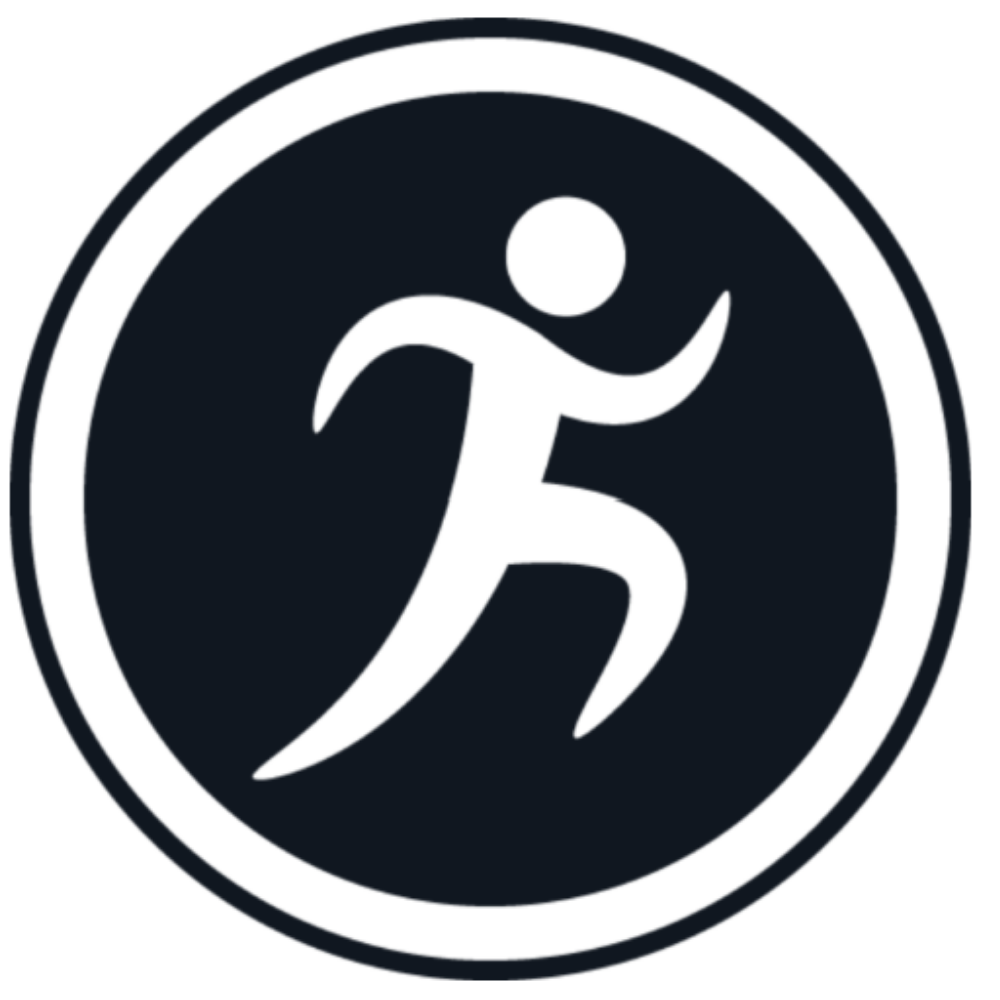Knee pain after running? Here’s how to get back to the field faster
If you love running, footy or netball, you know how important your knees are. They let you sprint, jump, and change direction quickly. But if you’ve ever felt knee pain after running, you know how frustrating it can be. It slows you down, makes training tough, and can even keep you off the field.
I want to help you understand why your knees hurt and what you can do to get back in the game faster. And if the pain isn’t going away, you should see a physio to stop it from getting worse.
Why Do My Knees Hurt After Running?
Knee pain after running is super common. Here are a few reasons why it happens:
Runner's Knee (Patellofemoral Pain Syndrome) - This happens when your kneecap doesn’t track properly, causing pain at the front of the knee.
IT Band Syndrome - The iliotibial (IT) band is a thick strip of tissue on the outside of your thigh. If it gets too tight, it can rub against your knee and cause pain.
Weak or Tight Muscles - If your quads, hamstrings, or glutes aren’t strong enough, your knees take more impact when you run. Tight muscles also pull on your knee and make things worse.
Poor Running Technique - If your running form isn’t great, you might be putting too much stress on your knees. Even your foot position when you land can make a difference.
Old or Worn-Out Shoes - Running in shoes that have lost their cushioning is like playing footy without boots. Your knees take all the shock, and that leads to pain.
If your knee pain isn’t going away after a few days of rest, book in with a physio. The sooner you get help, the faster you’ll recover.
How to Get Back on the Field Faster
You don’t have to sit on the sidelines for long. Here’s how you can speed up your recovery:
1. Rest and Ice
Give your knees a break! Avoid running for a few days and use ice to bring down any swelling. Ice your knee for 15-20 minutes, a few times a day.
2. Strengthen Your Muscles
Strong muscles protect your knees. Try these simple exercises:
Squats - Build up your quads and glutes.
Bridges - Strengthen your glutes and hamstrings.
Calf Raises - Support your lower leg muscles for better stability.
If you're not sure which exercises are best for you, a physio can guide you with a program suited to your needs.
3. Stretch and Foam Roll
Tight muscles pull on your knees. Stretch your quads, hamstrings, and calves daily. Use a foam roller on your IT band and thighs to release tightness.
4. Check Your Running Form
A small change in how you run can make a big difference. Try to:
Land with your foot under your body (not too far in front).
Keep your knees slightly bent when you land.
Stay light on your feet and avoid heavy pounding.
5. Get the Right Shoes
Make sure your runners still have good cushioning and support. If you play netball, your court shoes should fit well and absorb impact.
6. See a Physio
If your knee still hurts, don’t wait too long to get help. A physio can find out exactly what’s wrong and give you the right treatment. The sooner you get on top of it, the faster you can get back on the field.
Prevent Future Knee Injuries
Once you’re back to running pain-free, keep your knees strong to avoid another injury. Here’s what you can do:
Warm up properly before training and games.
Keep your legs strong with regular strength exercises.
Listen to your body – if you feel pain, don’t push through it.
Recover well – stretch, ice, and rest when needed.
Knee pain doesn’t have to stop you from playing the sport you love. The right treatment can help you recover quickly and come back even stronger. If your pain isn’t improving or keeps coming back, book a physio appointment today. It’ll help you get back on the field and playing at your best!
